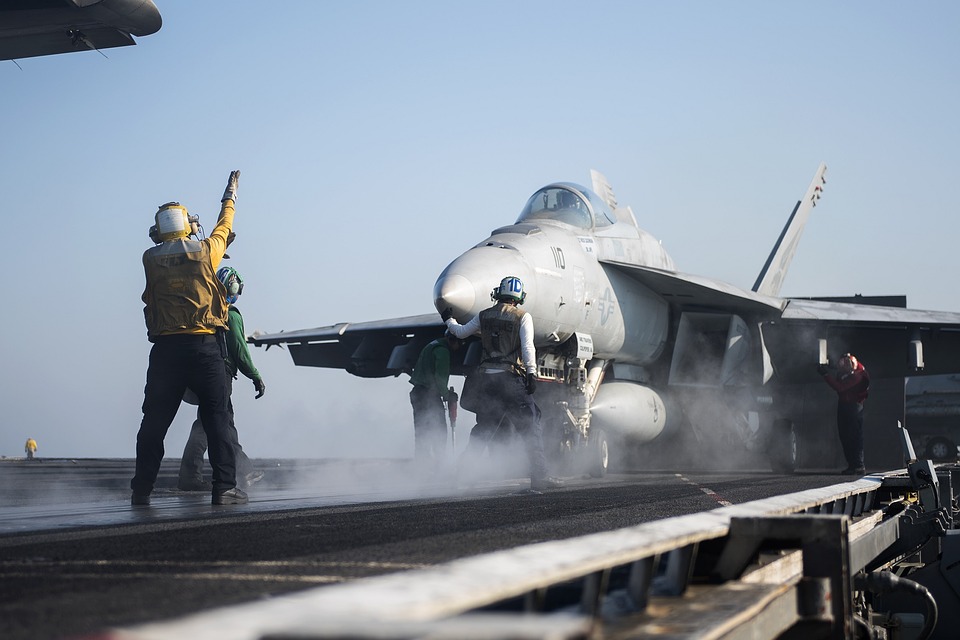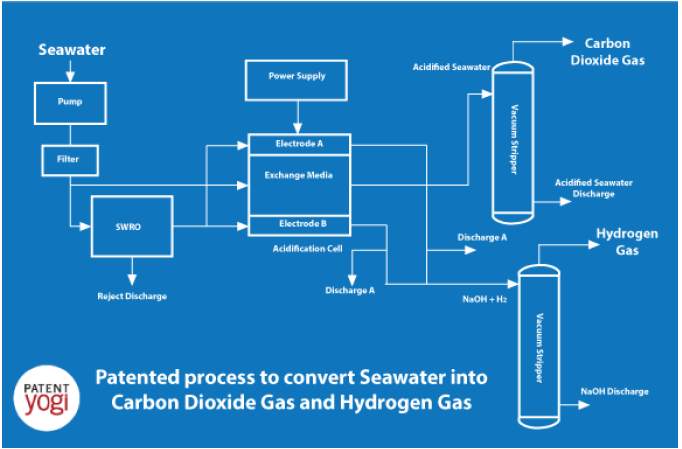The U.S. Department of Defense (DoD) is the single-largest consumer of fuel in the world and Jet fuel accounts for 71% of the entire military’s petroleum consumption. Therefore, DoD needs to maintain a strong logistical support to provide jet fuel for its equipment across the world.
It is particularly more challenging to maintain a supply of fuel to aircraft carriers as they tread international waters across the globe. So, many aircraft carriers, such as the Nimitz class carriers are powered by nuclear energy. Nuclear powered carriers can run for decades before refueling is required. However, they still need jet fuel supply for the fighter jets on-board the carriers. For example, a Nimitz class carrier can carry about 50 fighter jets and it can store about 3M gallons of jet fuel. This amount of jet fuel can refuel the 50 on-board fighter jets about 20 times each. Therefore, additional ships are required to periodically supply jet fuel to the aircraft carriers, which limits their operational flexibility as they require frequent refueling.
It would be advantageous if the jet fuel could be synthesized on the aircraft carriers themselves. In theatre of war, synthetic fuel production would offer significant logistical and operational advantages by reducing the vulnerabilities resulting from unprotected fuel delivery at sea. A carriers’ ability to produce a significant fraction of the battle group’s fuel for operations would increase the operational flexibility and time on station by reducing the mean time between refueling.

Synthesizing fuel is not a new idea per se. In fact, Nazi’s were probably the first ones to synthesize petroleum from coal as Germany had an abundance of coal but very little petroleum. During World War II, this technology was used to produce about 9% of German war production of fuels and 25% of the automobile fuel. The process was developed by Germany scientists Fischer and Tropsch, who submitted many patents, including a US patent no. 1,746,464. The Firscher-Tropsch process is not suitable for aircraft carriers, as it requires coal.
Now, US Navy has invented and filed a patent application for a process to produce jet fuel from seawater. The process involves first subjecting seawater to an ion exchange reaction to acidify the seawater to a pH of 6.5 or below by exchange of H+ ions for Na+ ions in the seawater. Once the seawater has been acidified, the acidified seawater is degassed to obtain gaseous carbon dioxide. The carbon dioxide obtained by degassing is then fed to a reactor with hydrogen to produce hydrocarbons, such as jet fuels. The hydrogen used in the reactor can also be produced from seawater.
This technology will help fuel the fighter jets on aircraft carriers for longer periods before a refuel from land is required.
Patent Information
Publication number: US20160215403 A1
Patent Title: Extraction of carbon dioxide and hydrogen from seawater and hydrocarbon production therefrom
Publication date: 28 Jul 2016
Filing date: 4 Apr 2016
Priority date 11 May 2010
Inventors: Felice DiMascio, 4 More »
Original Assignee: The Government Of The United States Of America, As Represented By The Secretary Of The Navy

